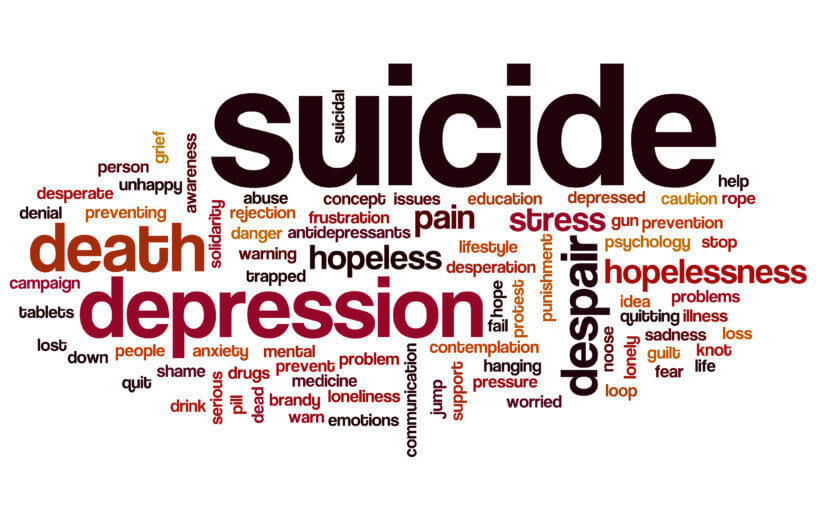HONG KONG — Death by suicide has risen by 20,000 worldwide over the last 30 years, according to a recent study. Despite accounting for nearly 800,000 deaths every year, researchers say that suicide hasn’t received the level of attention given to other global public health issues, such as HIV/AIDS and cancer.
Population aging and growth, especially in the lower-middle-income and upper-middle-income regions, have largely driven the new figures. As suicide rates are highest among those aged 70 or older in almost all regions of the world, scientists warn that the trend may be hard to reverse.
The authors set out to explore the relationships between population growth, age, income level, sex, and age-specific suicide rates to gain a better understanding of the global changes in suicide rates and deaths over the past 30 years. They analyzed figures from the Global Burden of Disease Study (GBD) 2019 which provides population estimates for 204 countries and territories for 1950 to 2019 by location, age, and sex. In particular, the team looked at the influence of changes in age-specific and gender-specific suicide rates; population age structure; and population growth for each of the four income level regions, as defined by the World Bank: low-income; lower-middle-income; upper-middle-income; and high-income.
The analysis showed that in 1990, the overall global suicide rate was 13.8 per 100,000 of the population, falling to 9.8/100,000 in 2019. The rate among men fell from 16.6 to 13.5 per 100,000. Likewise, the rate among women fell from 11 to 6.1 per 100,000.
The most significant reduction occurred in upper-middle-income countries with a fall of 6.25/100,000. This was followed by those in the lower-middle-income region, with a fall of 2.51/100,000. Overall, the decline in suicide rates among women was steeper than that for men: a fall of 4.91 compared to 3.09/100,000, especially in upper-middle-income countries where the equivalent falls were 8.12 compared to 4.37/100,000.
“The reduction in age-specific suicide rates was the major driver for the declining rates of suicide, offsetting the effect of changes in population age structure. For example, in the high-income region, the declining age-specific suicide rate had a much larger impact than the change in population age structure. The overall number of suicide deaths increased by 738,799 from 1990 to 2019, with the sharpest rise in lower-middle-income countries where the death toll rose by 72,550,” a release by the BMJ states.
The main contributors to the increase were population growth (1512.5%), followed by changes in population age structure (952.5%). However, these effects were offset by the substantial reduction in the age-specific suicide rates (−470,556/100,000;−2,365%).
“The total number of male suicide deaths rose sharply, largely explained by male population growth of 890% and changes in the male population age structure of 604%. However, these patterns weren’t universal,” the release notes. The overall contribution of population age structure mainly came from the 45 to 64 (565%) and 65+ age groups (529%) – a trend that was observed in middle-income and high-income regions, reflecting the global effect of population aging.
“The reasons for the significant decline in suicide rates across all income level regions have yet to be determined. However, the contribution of population growth should be a cause for concern in view of global population projections in low-income countries. Sub-Saharan Africa and Central and Southern Asia are set to account for over 75% of the additional two billion total global population growth between 2019 and 2050,” study authors write. “Increasing life expectancy and declining fertility will continue to affect global age structure, with populations around the world continuing to experience pronounced and historically unprecedented aging in the coming decades. As suicide rates are highest among the elderly for both genders in almost all regions of the world, the rapidly aging population globally will pose huge challenges for the reduction in the number of suicide deaths in the future.
“Additionally, there’s a considerable imbalance in the resources allocated to suicide prevention work, especially in low-income and middle-income countries. It is time to revisit this situation to ensure that sufficient resources can be redeployed globally to meet the future challenges,” they add.
This study is published online by the journal Injury Prevention.
South West News Service writer Stephen Beech contributed to this report.
